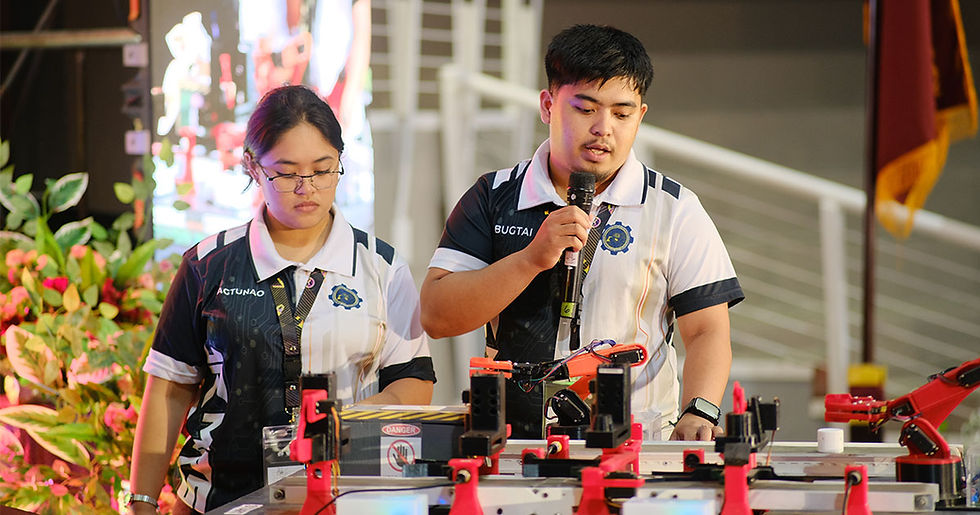Moving forward with medical device repair in Syria
- Field Ready
- Jan 15, 2021
- 3 min read
Updated: Mar 17, 2021
We began our medical device repair project in Syria last year with an eye on expanding it throughout 2020. The pandemic slowed our advancement, but it didn't stop it. Our Syrian team was able to repair 62 desperately needed items for hospitals and healthcare centers that serve the million people in the war-torn country's Northwest sector.
Ten years of conflict in Syria has created a humanitarian disaster, with millions of civilians displaced. The war ravaged the country's hospitals and medical facilities - especially in its northwest region - leaving thousands who need critical care to suffer and die even as the fighting ebbs.
Healthcare workers in the area estimate that more Syrians die because of a lack of healthcare facilities and equipment than all those killed during the years of violence. The situation is especially critical now that COVID-19 is expected to worsen the crisis.
Our multi-tiered project to help restore desperately needed healthcare to people in northwest Syria is supported by the Creating Hope in Conflict award. In 2020, we surveyed the area's hospitals to learn what equipment, supplies and infrastructure medical workers need most to deliver safe, high-quality health services.
More than 40 hospitals and medical centers responded to the survey and with that information, we've begun locally making and repairing what's needed to help save more lives, said Usamah Shamah, Field Ready's technical lead in Syria. The field engineers' operations were formerly supported by local NGO partner POINT. In 2021, their work will be supported by the Next Fab Foundation.

The devastation is daunting; a World Bank 2017 Damage Assessment for Syria estimated that 80% of health facilities in northwest Syria are severely damaged or completely destroyed. Healthcare centers' repair and reconstruction is estimated to cost between $250 million to $312 million, not including medicine, supplies and equipment
"The human cost is heart-rending," said Eric James, Field Ready's executive director. "People die when the defibrillator in the makeshift ambulance transporting them doesn't work. Infants die because incubators were destroyed in a bombing. Surgeons make lethal errors because the operating theater lights are broken. A lack of sterilization and cold storage of medicines mean patients face increased complications."
Medical staff in Syria also often work in appalling conditions with no electricity, clean water, or waste management, and "they work extremely long hours and have many more patients to treat on any day than they could possibly see," said Susan Long, Field Ready regional lead. Facilities operate with drastically reduced medical staff, as many have been displaced, wounded or killed as a result of the conflict, she noted.
Over the program's course, Field Ready plans to add 35 new devices and 200 replacement components to our catalog for open-source use. In 2020, the team aimed to add 10 of the expected 35 devices to the catalog. While currently focusing on device repair, the team is also seeking local partners to manufacture the new devices and replacement parts to help grow long-term sustainability and expand the products' market.
By the end of 2020, our Syria team repaired the 62 medical devices and was in the process of repairing 12 more.

Much of the work was highly detailed and it took days to make the needed repairs. Engineers at our two makerspaces in Syria used 3D printers to make door locks and joints to repair 20 incubator doors (such as those pictured above) to help support infants, each of which takes seven to eight hours to create. The team also produced five ECG doors, each of which requires up to five pieces to complete, and one X-ray machine adapter - which took 37 hours to complete as it contained many parts, said Rashed Abutayeh, Field Ready's Middle East impact lead.
In addition, the team repaired air compressors, an anesthesia machine, a defibrillator, a ventilator, an ICU pump, centrifuges, a nebulizer, sterilizers, an ultrasound machine, an ECG, a monitor, CT scanner and other critically needed devices.
While the pandemic slowed the program's start, the response has been strong; team members quickly began hearing from medical workers about "devices that had been broken for months, and even years," Rashed said. "That affected medical workers' ability to respond to the increasing numbers of patients in urgent need."
"The hospitals are trying to collaborate as much as possible," Usamah said. "Once they see how we are working, and even visit our workspace and see what we can do, they are confident we can help."
Team members have to help manage expectations, however, Usamah said. "We have to be cautious, because some of these devices are very complex and cost millions of dollars to make," he said. "We have some knowledge and experience in these repairs, but we don't want to make a mistake and hurt someone so we have to be cautious - unfortunately, we can't repair everything that needs fixing."
We'll keep you updated on their progress as the program grows.

_edited.png)




Comments